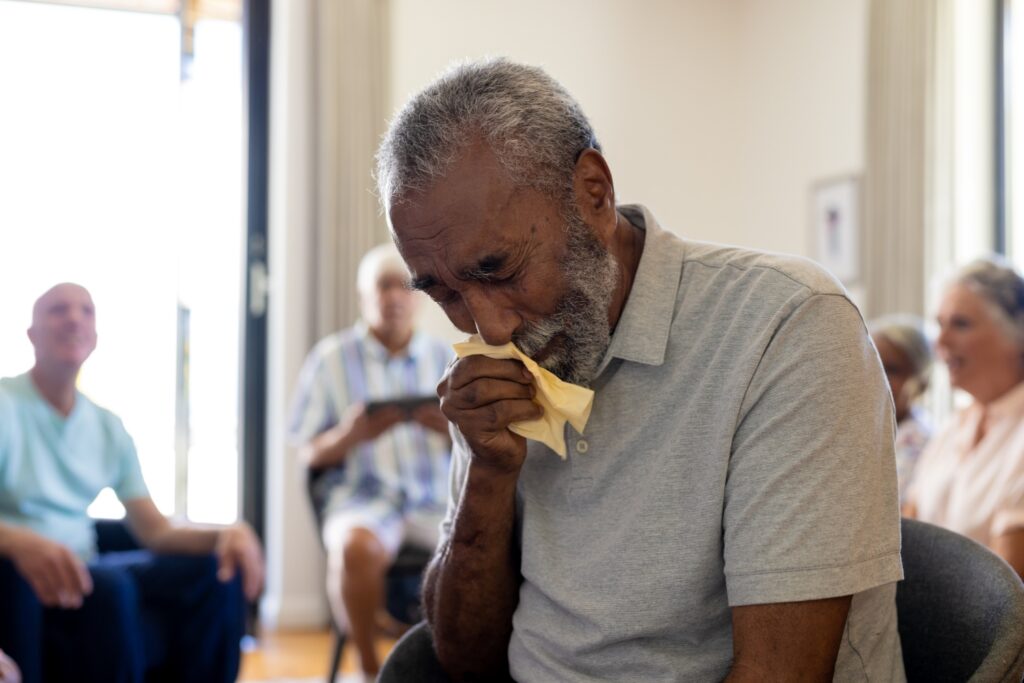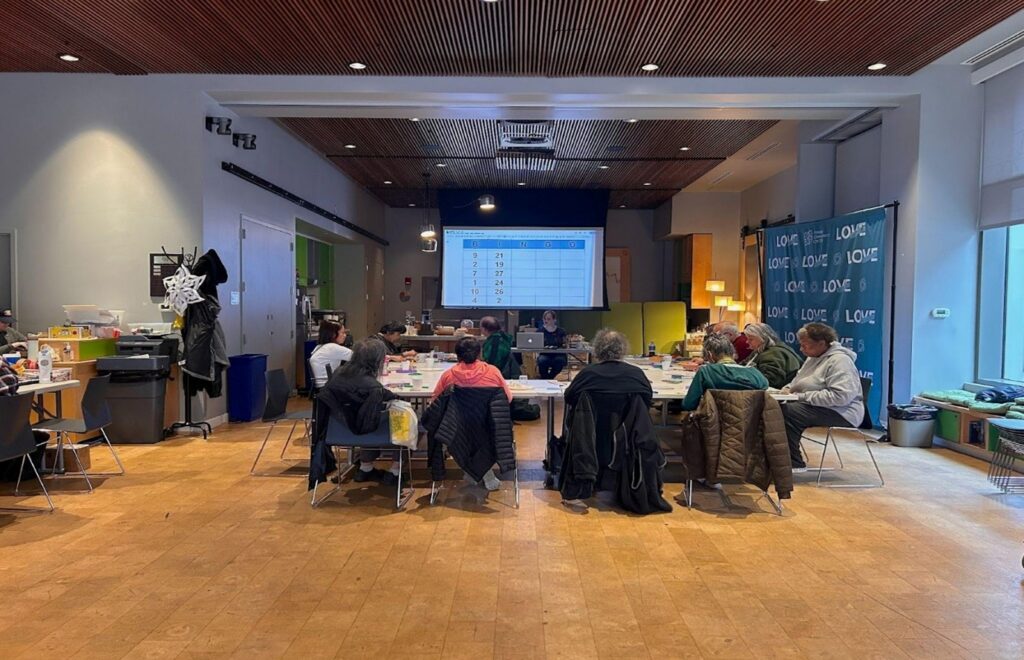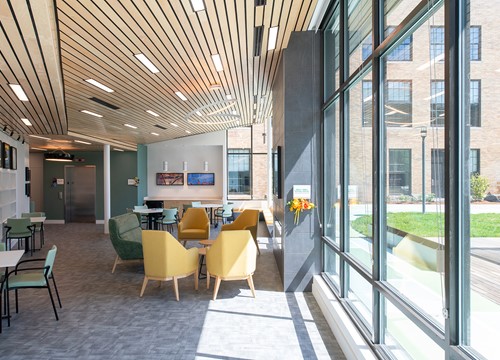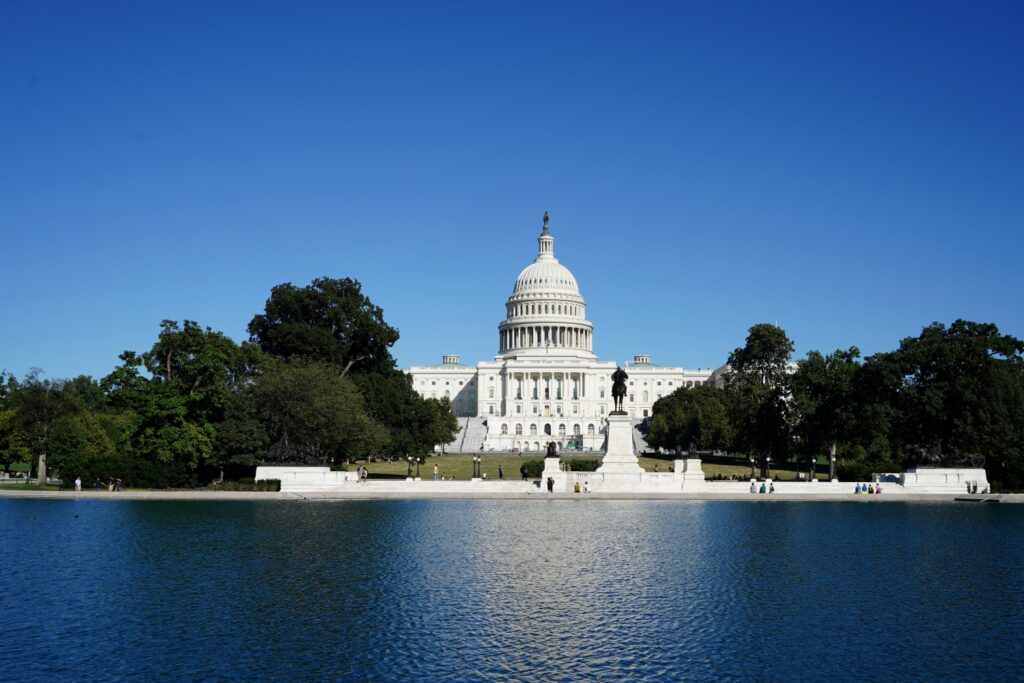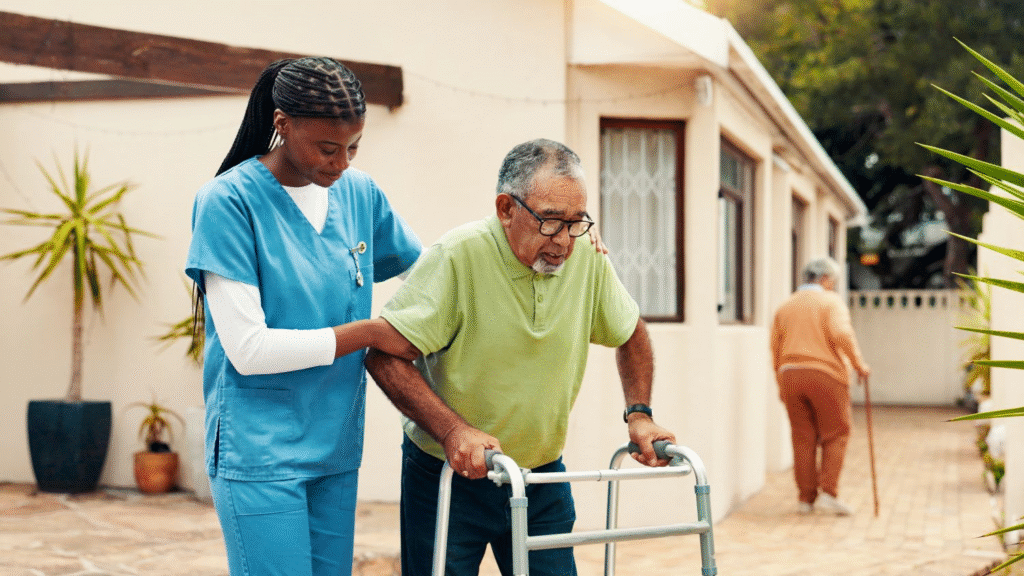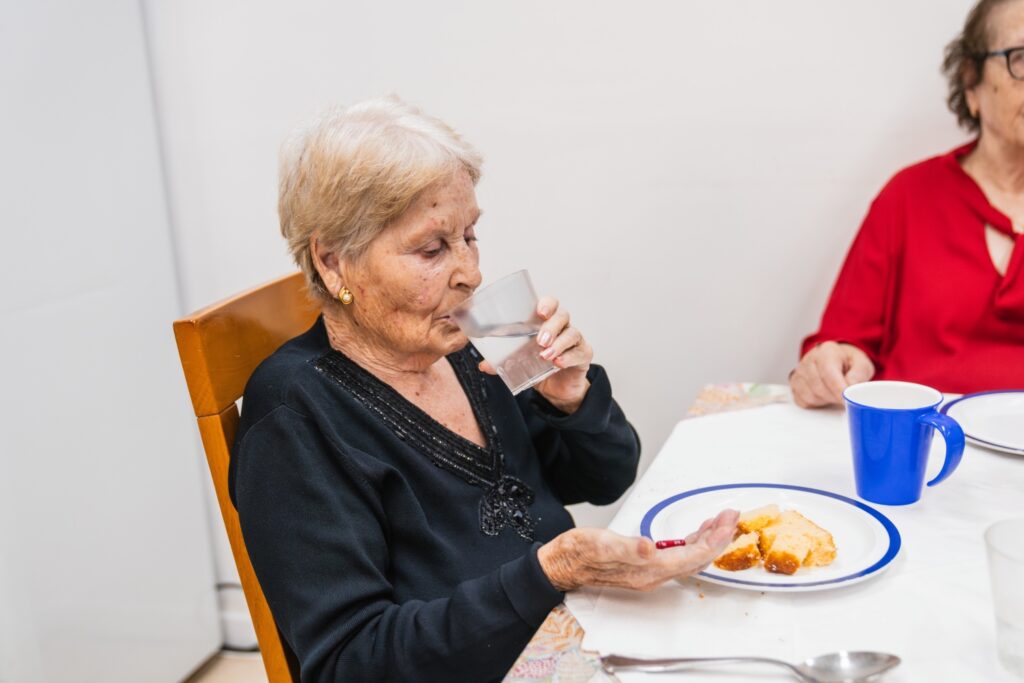Cannabis use among older adults is rising fast—and it’s drawing attention from researchers, clinicians and aging advocates. Recent data from the National Survey on Drug Use and Health reveals a nearly 50% increase between 2021 and 2023 in cannabis use among adults ages 65 and older, from 4.8% to 7.0%. This surge signals a cultural and clinical shift that demands our attention, especially as more older adults are turning to cannabis to manage the aches, insomnia or anxiety that may accompany chronic illness.
The New Reality: Who’s Using Cannabis and Why
Cannabis use is climbing fastest among a specific subset of older adults: higher-income individuals, women, those with college or postgraduate degrees, and residents of states with legalized medical cannabis. But perhaps the most revealing trend is that cannabis use is surging among those with chronic illness.
Older adults living with chronic obstructive pulmonary disease (COPD), diabetes, heart disease, or multiple comorbidities are leading the charge, with cannabis use among people with COPD more than doubling between 2021 and 2023 from 6.4% to 13.5%. These aren’t just people using cannabis for recreational use; they’re patients navigating daily symptoms, long medication lists, and a healthcare system that often does not deliver timely relief.
Why the sudden spike? A convergence of factors is fueling this shift.
First, the cultural landscape has changed. Today’s older adults, especially Baby Boomers, came of age during cannabis’s initial cultural ascent. Many tried it decades ago, and now return to it with far less stigma than generations before them. What was once taboo is now just another tool in their symptom-management toolkit.
Older adults are using cannabis not as a last resort, but as
an active strategy to regain control over their health,
comfort and daily functioning.
Second, access is easier than ever. As more states legalize cannabis, dispensaries and delivery services have become common. The cannabis industry has pivoted hard toward user-friendly products that appeal to older adults: gummies, capsules, tinctures, and topical creams—options that feel more medicinal than illicit and avoid the harshness and harms of smoking.
Finally, there’s the draw of symptom relief. Studies consistently show that older adults are turning to cannabis to manage pain, insomnia, anxiety and depression. One 2021 study found that more than half of older adult cannabis users started after age 60, with nearly 80% citing symptom relief as their primary motivation.
For those juggling multiple conditions, frequent appointments, and side effects from conventional medications, cannabis may feel like a more immediate, and sometimes more tolerable option. In one qualitative study, older adults with chronic conditions described turning to cannabis as a potential substitute for prescription medications, motivated primarily by hopes for better symptom relief. In particular, many were managing chronic pain and saw cannabis as a way to reduce or avoid opioids.
Together, these trends reflect more than just changing habits. They reveal a growing population of older adults who are using cannabis not as a last resort, but as an active strategy to regain control over their health, comfort and daily functioning.
Where Chronic Disease Meets Dispensary Culture
But this shift carries real risks, especially for older adults whose physiology and medication burden can make cannabis effects less predictable. Age slows hepatic metabolism and renal clearance, raising the chance that THC and CBD will accumulate in the body, while higher body fat increases their distribution and prolongs their effects.
Chronic disease and pharmaceutical interactions only complicate this further. When cannabis enters this already crowded treatment plan, outcomes can be hard to predict, and even harder to manage. Older adults face increased risks from cannabis use, including falls, injury, dizziness, orthostatic hypotension, harmful drug interactions, and worsening psychiatric or cognitive symptoms.
A System Playing Catch-Up
Despite the growing use of cannabis among older adults with chronic illness, the healthcare system remains ill-prepared to offer meaningful guidance. Limited clinician training, patchy research, and regulatory hurdles create a landscape where patients often navigate cannabis use without consistent medical support. Cannabis remains classified as a Schedule I substance under federal law, which severely restricts large-scale, rigorous research and complicates clinician education efforts. As a result, much of the current knowledge relies on observational studies or anecdotal reports, primarily from younger populations—leaving a critical gap when it comes to older adults, especially those with chronic illness and complex health needs.
‘Greater cannabis use in states with medical legalization calls
for improved regulation, accurate product labeling,
and age-specific safety standards.’
In the absence of robust medical support, many older adults are left to navigate cannabis dosing and formulations through trial and error. Dispensary staff, often without clinical training, may serve as their most accessible source of advice, shaping health decisions in a marketplace driven more by branding than evidence.
Where to Go from Here
So, what to do when the data is sparse, the demand is real, and older adults are already using cannabis to manage serious symptoms? To meet this moment responsibly, we need a smarter, more responsive system, one that respects the autonomy of older adults and the clinical realities of chronic illness:
- Routine screening: Clinicians should routinely ask about cannabis use, just as they do with tobacco or alcohol, especially in patients with multiple chronic conditions or complex medication regimens.
- Chronic illness-specific guidance: Practical, evidence-informed tools are needed to help clinicians and patients weigh risks and benefits amid complex medication regimens.
- More research funding: Older adults with chronic illness, cognitive impairment, and complex medication regimens remain largely understudied in cannabis research, limiting our understanding of harms and benefits.
- Smarter policy: Greater cannabis use in states with medical legalization calls for improved regulation, accurate product labeling, and age-specific safety standards.
Older adults with chronic disease aren’t waiting for conclusive data—they’re already making decisions about cannabis use in the face of persistent symptoms, inadequate relief, and fragmented care. Our role isn’t just to catch up, but to step up, offering clearer guidance, stronger evidence, and a healthcare system ready to support them.
Haley V. Solomon, DO, is a board-certified psychiatrist in general and geriatric psychiatry, a clinical assistant professor of Psychiatry and an adjunct assistant professor of Medicine in the Division of Geriatrics at the University of Utah in Salt Lake City. Benjamin Han, MD, MPH, is a geriatrician, addiction medicine physician, and clinician-researcher in the Division of Geriatrics, Gerontology, and Palliative Care in the Department of Medicine at UC San Diego.
Photo credit: Shutterstock/Altitude Visual
Want to receive the latest Generations articles and other updates from ASA right to your inbox? Subscribe to our newsletter.


